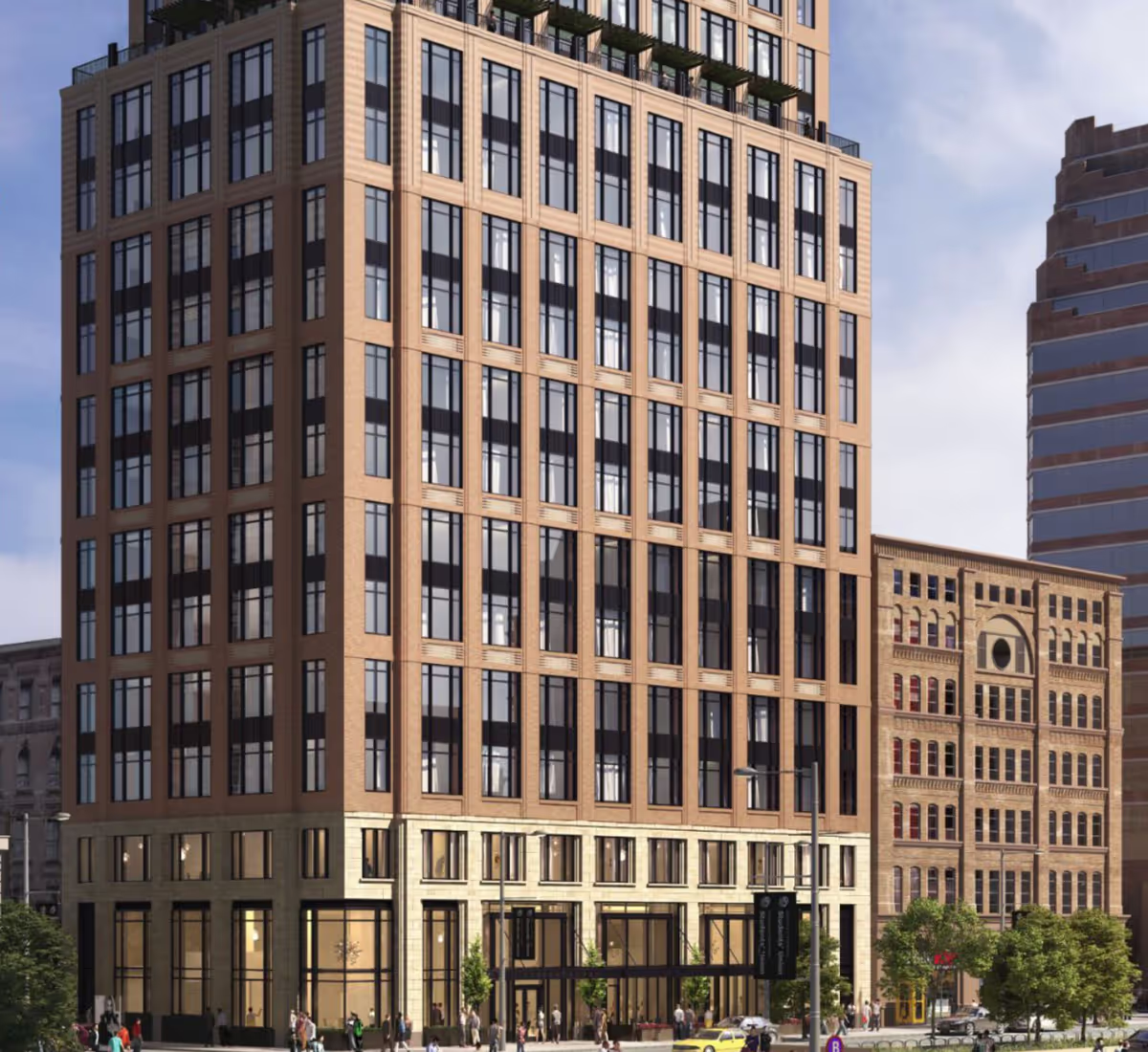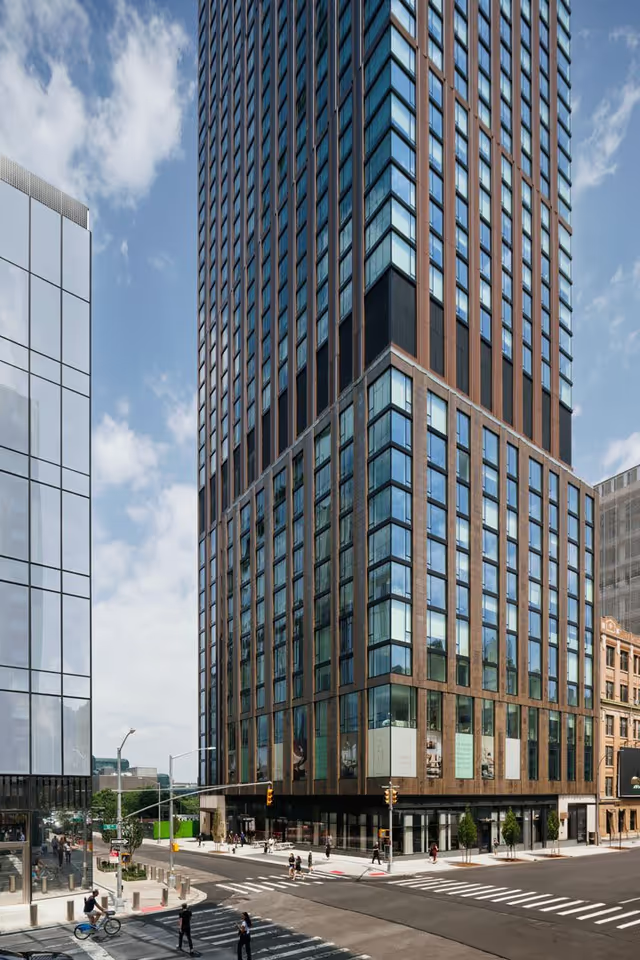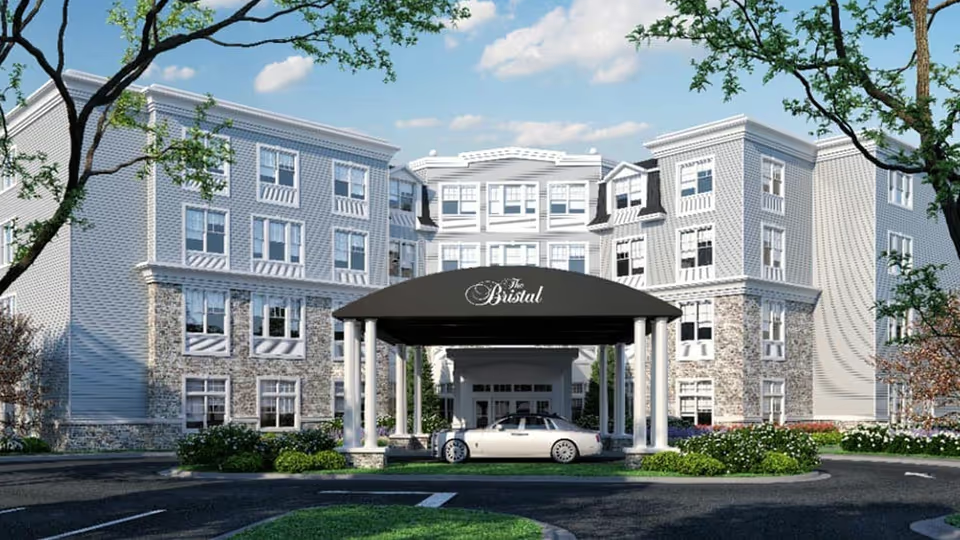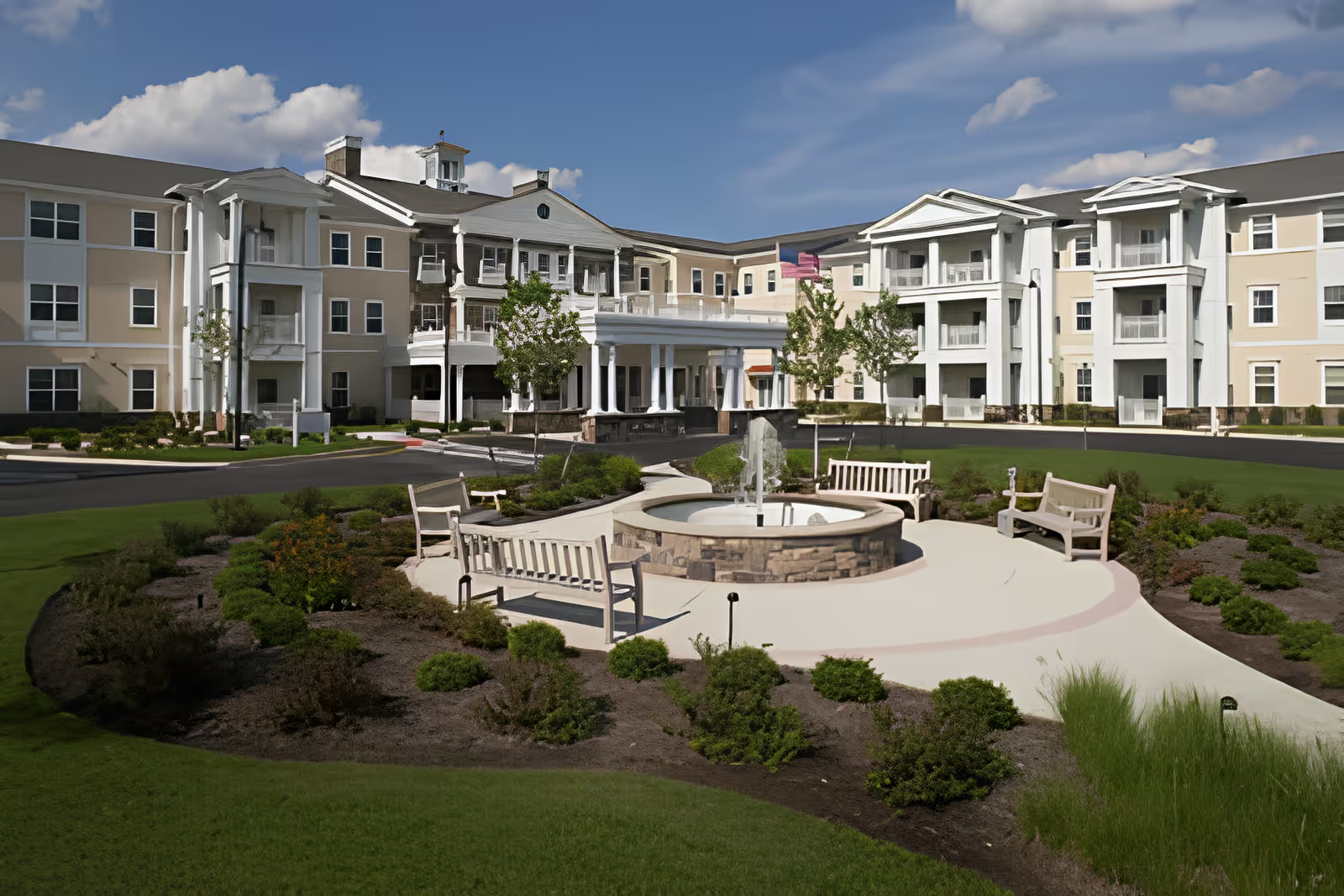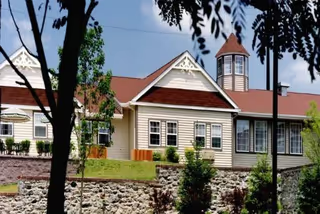Overall sentiment: The reviews for Atria Draper Place are overwhelmingly positive with a strong majority celebrating the facility’s cleanliness, attractive historic building, welcoming atmosphere, and especially its staff. Many reviewers emphasize that the staff are caring, compassionate, responsive, and go above and beyond for residents and families. Life enrichment and socialization are recurring high points: reviewers frequently mention a busy activities calendar (happy hours, live entertainment, games, clubs, outings, exercise classes), which contributes to residents’ improved mood, new friendships, and active daily life.
Staff and care quality: Staff receive consistent praise for kindness, attentiveness, and personal attention. Multiple reviewers call out specific staff and directors by name for being particularly helpful during tours, move‑ins, and transitions to memory care. Memory care, in particular, is often described as high quality, respectful, and engaging, with families noting dignity and improved well‑being for residents. There are also many reports of smooth admissions and transitions, low staff turnover, and strong family communication. However, a minority of reviews raise serious concerns about clinical care: a few families reported medication errors (wrong pills, mixed days) and difficulties accessing medications, inexperienced aides, falls where families were not promptly notified, and inconsistent nursing responsiveness. Some reviewers explicitly said the community lacked full skilled nursing or robust medical oversight for higher‑acuity needs. This creates a mixed picture: day‑to‑day supportive personal care and excellent engagement for many residents, but isolated but significant clinical risk incidents reported by several families.
Facilities and apartments: The building architecture and interiors are a frequent highlight: reviewers repeatedly describe an attractive factory/mill conversion with high ceilings, tall windows, abundant natural light, tasteful décor, and a bright, home‑like feel. Apartments are generally described as spacious and customizable, with weekly housekeeping and on‑floor laundry in some areas. Common areas, dining rooms, and grounds are described as immaculately maintained. At the same time, several reviewers note that portions of the facility are older and could use updates (rugs, some small apartments), that some rooms feel small or basic, and that outdoor space is limited in places because the property sits between other buildings.
Dining and amenities: Most reviewers praise the dining program and specific culinary staff (several name the chef or praise particular dishes like pie); congregate meals and social dining are cited as important quality‑of‑life factors. Yet there is some variability in opinions: a few reviewers called food just “so‑so,” mentioned limited vegetarian/gluten‑free options, or reported slow restaurant service at times. The community offers a broad suite of on‑site amenities — salon, private pub/happy hour, chapel services, library, movie room, varied seating/conversation areas — which reviewers frequently list among strengths. Transportation and well‑organized outings are also regarded positively.
Activities and social life: Reviewers consistently point to a robust activities schedule, with frequent programs (bingo, trivia, painting, book clubs, music, walking clubs, seasonal events) and creative engagement even during difficult periods like COVID. Many residents are described as happy, busy, and socially active; families note reduced loneliness and improved quality of life for their loved ones due to increased social interaction.
Management, admissions, and communication: Admissions and tour experiences are commonly described as positive and informative; several reviewers called out admissions staff (including a named sales director) for being helpful and proactive. Many families reported excellent communication with leadership and nursing. However, other reviewers reported issues with disclosure (e.g., services like podiatry or diaper service needing separate arrangements), unexpected fees, and at times unresponsiveness from administration or nursing when clinical issues arose. There are conflicting impressions: while many highlight accessible leadership and helpful follow‑through, a minority experienced frustration around responsiveness and transparency.
Safety, location, and cost: The facility’s central location, proximity to town amenities, and adjacency to emergency services are viewed as safety benefits by many. Conversely, proximity to the fire department is mentioned as a minor noise concern by a few reviewers. Cost is a recurring downside: several reviews point out that Draper Place is expensive, subject to rent increases, and not a Medicaid option by default; some reviewers felt it wasn’t affordable. Parking, commute distance, and location suitability vary by reviewer — for some it’s ideal and close to family/medical services, for others it’s less convenient.
Notable patterns and recommendations: The dominant themes are exceptional housekeeping, a warm resident community, an engaging activity program, an attractive historic facility, and a strong staff culture of compassion and responsiveness. These strengths appear to strongly support residents’ social well‑being and family peace of mind in the majority of cases. However, a nontrivial minority of reviews raises safety and clinical concerns (medication mistakes, inexperienced aides, falls, and inconsistent nursing responsiveness). Prospective residents and families should weigh the positive lifestyle, social, and environmental attributes against the reported clinical risks and cost. Practical next steps for a prospective resident would be: visit during a mealtime to assess food and service, inquire specifically about medication management policies and error mitigation, ask about nurse staffing levels and on‑call procedures, request detailed disclosures about additional service fees, and tour the memory care unit if applicable. Overall, Atria Draper Place is frequently recommended and highly regarded for its atmosphere, staff, and activities, but families with higher medical needs or strict budget constraints should probe clinical staffing and transparency before committing.

